#History of Books and Printing Collection
Explore tagged Tumblr posts
Text
The Sistine Hall of the Vatican Library

The Library was formally established in 1475 AD.
Although it is much older, it is one of the oldest libraries in the world and contains one of most significant collections of historical texts.
It has 75,000 codices from throughout history, as well as 1.1 million printed books, which include some 8,500 incunabula.
#Sistine Hall#Vatican Library#library#historical text#incunabula#printed books#books#history#book collection
20 notes
·
View notes
Text

This 16th Century woodcut print of an bat was published in 'Histoire de la nature des oyseaux' by Pierre Belon (1555). Belon who was a naturalist, writer and diplomat wrote on a range of topics including botony, anatomy and Egyptology.
#library#law library#mtlibrary#inns of court#libraries#rare books#history#books & libraries#london#rarebook#halloween#early printed books#16th century#special collections
123 notes
·
View notes
Text

#WordyWednesday
Type: The letters used to print words. Generally, the term refers specifically to moveable type where the letters can be rearranged in any order to print any text. Printing with moveable type was undertaken in Asia as early as the 11th century and was separately invented in Europe in the 15th century by Johannes Gutenberg. A design for a given alphabet is called a “typeface.” A complete set of type in a specific typeface is called a font.
#typography#printing#bookhistory#rare books#history#books#libraries#special collections#university of missouri#mizzou#wordy wednesday#john henry
21 notes
·
View notes
Text
I can't believe the Younger Brother (1689) by Aphra Behn has the only one bed trope
#act iv scene i#olivia is in disguise as mirtilla's page endimion and she's wooing welborn on her own behalf#and welborn is like well im hosting a gentleman in my lodgings right now but u can sleep w me#and olivia is like uhmmm uhmmm i can't do that not for any particular reason i just can't sleep in ur bed#(bc she's modest but she is kinda tempted. but also worried if she denies too hard he might suspect her of being actually a woman)#and he's like what are you afraid my bed's diseased? do u think im gay? im telling u there's nowhere else for us both to sleep#im not gonna make u sleep on the floor kid#PLEASE#the younger brother might be one of my new favorites from behn. i haven't finished it yet but it kinda has everything i love from her#mirtilla in particular is such an interesting character#text post#aphra behn#restoration comedy#in the edition edited by janet todd for vol. 7 of the collected works#i believe it's based off of the original quarto text that was published after behn's death#i highly suspect a lot of this prose dialogue is supposed to be blank verse#SO. MUCH. of it flows exactly like blank verse. it kinda bothers me#i do dream about editing and publishing my own edition of behn's plays and i would definitely amend these to be verse#i wonder if montague summers' version is verse? idk this is the first janet todd edited play ive read#i dont yet know the differences between their editing styles#god i wish more than 2 ppl in history had ever bothered to edit and publish this woman's collected works#oxford world classics should definitely put out another volume of her plays#i love the one they have featuring the rover/feigned courtesans/lucky chance/emperor of the moon#but she's got what like 15 other extant plays? and oxford world classics has the range and capabilities to do it#or if penguin classics ever wants to pretend they're really as good as oxford they can print their own#as far as diversifying the canon and widening the availability of older texts. oxford still beats penguin any day#but it does piss me off that no classic book publishers take this period of early-modern women's drama and proto-novels very seriously#or rather. no big ones that i know other than oxford#im not counting print-on-demand companies that reprint the texts of public domain works w no editing#those serve a purpose but those are not leaders in the publishing industry for a reason. theyre not sposta be
2 notes
·
View notes
Video
Alchymya by National Library of Medicine Via Flickr: Author(s): Gesner, Konrad, 1516-1565, Author Publication: London: Peter Short, 1599 Format: Still image Subject(s): Alchemy, Equipment and Supplies Genre(s): Book Illustrations Abstract: A woman is standing among various chemical apparatus, she is holding a pair of tongs and a glass container; a furnace is to the left. Related Title(s): Is part of: Practise of old and new phisicke, title page vignette.; See related catalog record: 2246053R Extent: 1 print Technique: woodcut NLM Unique ID:101435994 NLM Image ID: A016359 Permanent Link: resource.nlm.nih.gov/101435994
#National Library of Medicine#Images from the History of Medicine#IHM#History of Medicine Division#Still Image#“Book Illustrations”#engraving#Symbolism#Alchemy#Alchemist#“Emblems and Insignia”#“Equipment and Supplies”#“Chemical Apparatus”#Tongs#“Glass Container”#Furnace#“Practise of old and new phisicke”#“Prints and Photographs”#P&P#NLM#HMD#“National Institutes of Health”#NIH#Public Domain#Archives of Medicine#NLM Digital Collection#flickr
2 notes
·
View notes
Photo
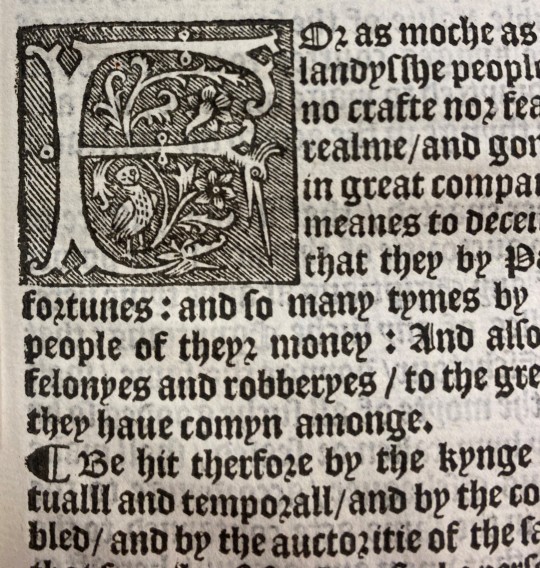
Today’s woodcut is brought to you by the letter ‘F.’
I spy two birds and a dragon, but no turkey... darn. Happy Thanksgiving!
#woodcut#historiated initial#birds#dragons#gothic type#16th century#legal history#woodcut wednesday#riesenfeld center#rare books#special collections#law books#old books#early printed books#umn law#university of minnesota
66 notes
·
View notes
Text
Special Collections After Hours | Treasures from our History of Medicine Collections
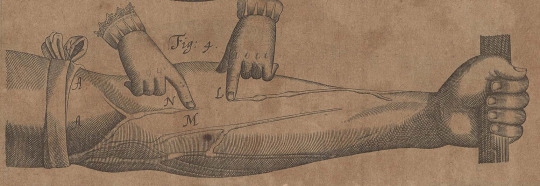
Detail of copperplate engraving from "Exercitatio anatomica de motu cordis et sanguinis in animalibus" by William Harvey. Frankfurt: William Fitzer, 1628.
Join the Special Collections Research Center in the Hatcher Graduate Library next Tuesday (13 December) at 4 pm for our final After Hours open house of the term exploring a selection of artifacts illustrating the early history of western medicine. Read more!
#events#special collections#libraries#archives#libraries and archives#special collections and archives#open house#open houses#after hours#manuscripts#illuminated manuscripts#early printed books#history of medicine#medicine#medical history#medical libraries
45 notes
·
View notes
Photo
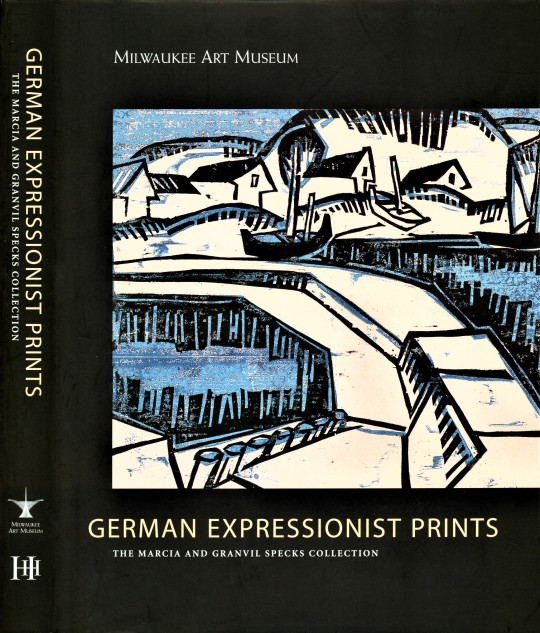
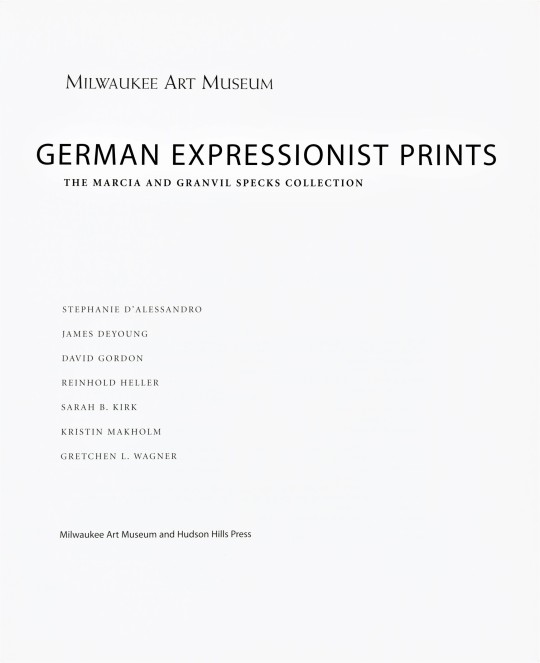

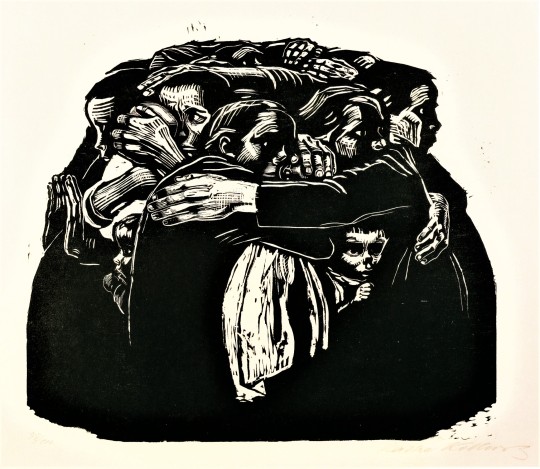
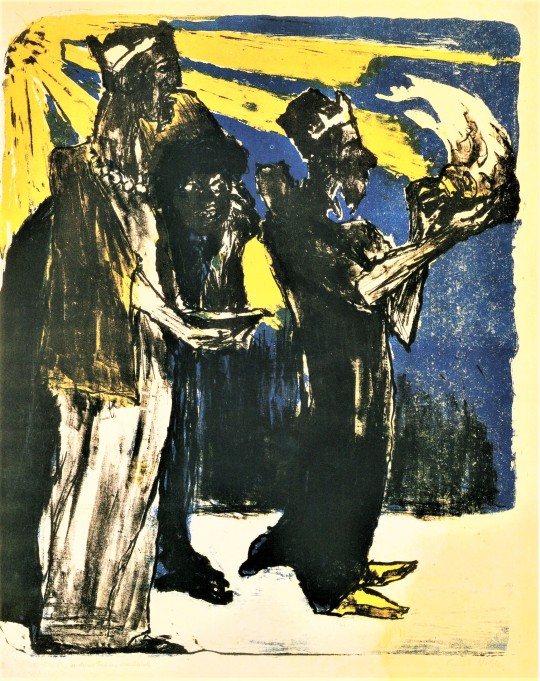

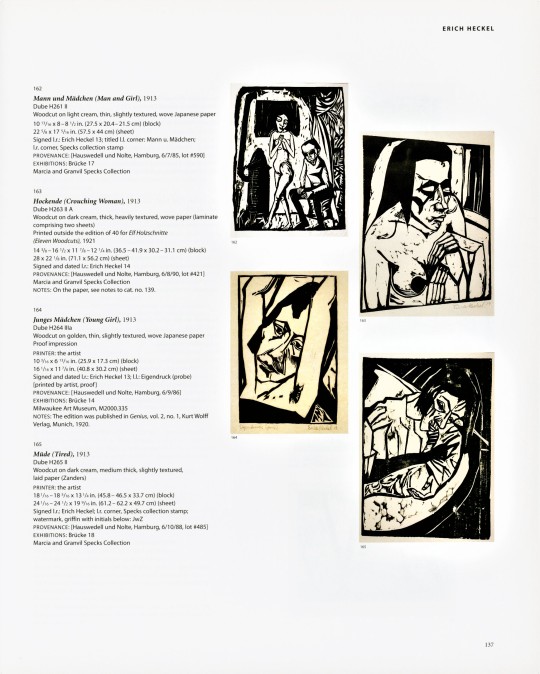



Staff Pick of the Week
This week I am sharing German Expressionist Prints: the Marcia and Granvil Specks Collection: Milwaukee Art Museum, published by Milwaukee Art Museum, Milwaukee, WI, and Hudson Hills Press, Inc., Manchester Vermont, 2003. This book was published to accompany a traveling exhibition of a selection of prints from the Specks Collection, which was on view at the Milwaukee Art Museum in 2004.
This collection, which lives at the Milwaukee Art Museum is one of the most significant collections of German Expressionist prints in the United States. This book features over 500 color reproductions of the works as well as essays, a catalogue of the prints, and artist bios.
For artists and art students like myself, catalogues such as this one are incredible resources for broadening our visual vocabulary and offering inspiration and broader understanding of our place in art history. The artworks in these kinds of books may be thousands of miles away, stored in back rooms of museums or in private collections. Many of the works in books such as this one are not even accessible online.
These books may be costly to acquire but many libraries, like UWM’s, have large collections of books like these that are free for you to check out and peruse.
Lucky for us the more than 450 prints in the Marcia and Granvil Specks Collection have their own gallery in the Milwaukee Art Museum where they are on continuous rotation. You and I are also able to see these works at the Herzfeld Photography, Print, and Drawing Study Center by appointment!
Use this link for more Staff Pick of the Week posts!
Teddy, Special Collections Graduate Intern
#staff pick of the week#milwaukee art museum#German Expressionist Prints#German Expressionism#Marcia and Granvil Specks Collection#Milwaukee#Printmaking#Art History#Art Museums#German Art#Art Collections#art books#hudson hills press#Art Exhibition#Woodcuts#teddy#etching#prints#lithographs
39 notes
·
View notes
Text
Re: my last post- I'm just remembering a time when with book recommendations especially it seemed like you were expected to do a comprehensive list of problematic aspects and potential triggers in the book when you recced anything. People on twitter would say stuff like 'I can't believe x is being recced, I read it and its triggering in such-and-such way.' In a way that implied they blamed the person who recommended it.
Of course I never wanted to trigger anyone, so I started thinking about the books I love, all the things I might list in each that were problematic. It gets to the point where any book could be reduced to nothing more than a list of its triggers and potential harms. And you look at it and think 'why would I even rec this? Why would I risk it?' And then you don't. (This is a book you truly love.)
Look, I'm not saying don't warn people about obvious stuff. The Color Purple is one of my favourite books and I would never rec it to someone without warning that it opens with a rape. But for stuff that is less major than that, I'm going to say that recommending something that upsets someon else who reads it- it's horrible that they are hurt, and I wouldn't want anyone to be hurt, but also it's not the fault of the person recommending it. It's not a blame game at all. You can't engage much with books at all if you think like this. And also I wouldn't be surprised if this kind of thinking is what put us in the place where how a subject is framed in a book is considereed barely relevant, when in reality it's the most important thing.
#i think this kind of worry is why people avoid reading queer history for themselves and instead rely on false narrators like James Somerton#because older queer books are probably 'problematic' in language- but who cares read them anyway#it's actually very interesting to see how attitudes and norms have changed#you can read a history after the fact but if you can get hold of e.g. 2nd hand out of print queer books#you can get a window into what kind of stuff was happening at the time and what the norms and conventions were#it's fucking fascinating i think!#try 2nd hand stores in places with longstanding queer communities as often they get donations of people's book collections#when they pass away
4 notes
·
View notes
Text
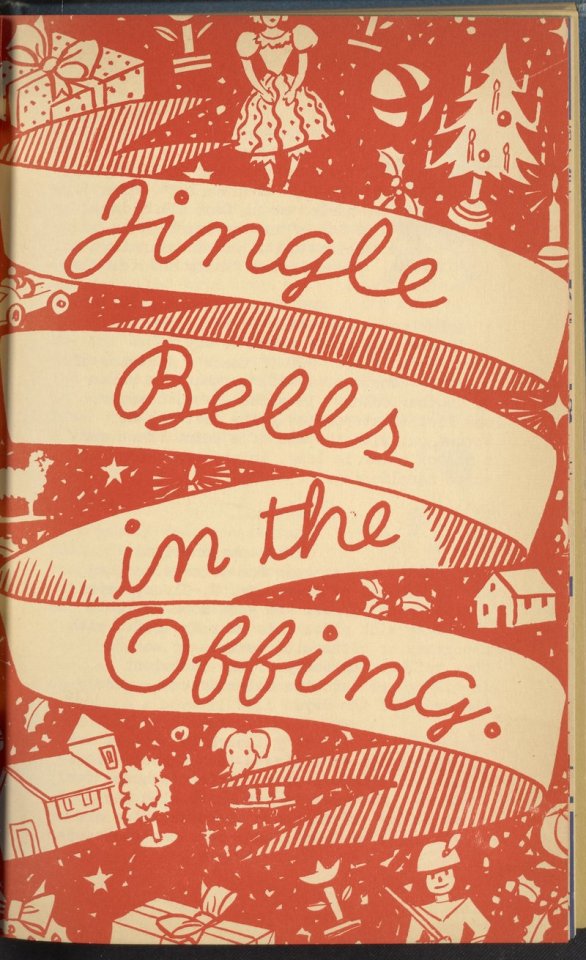
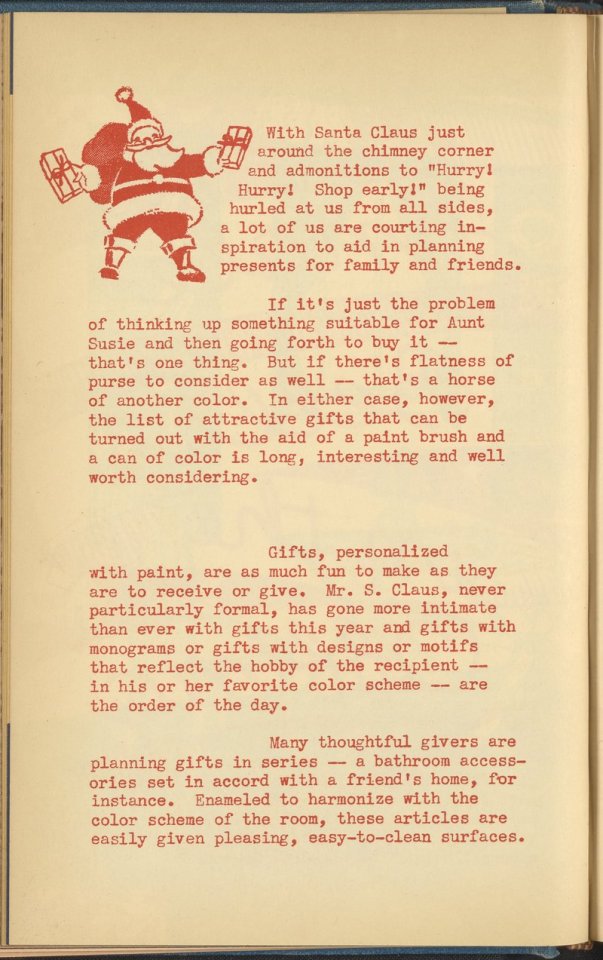
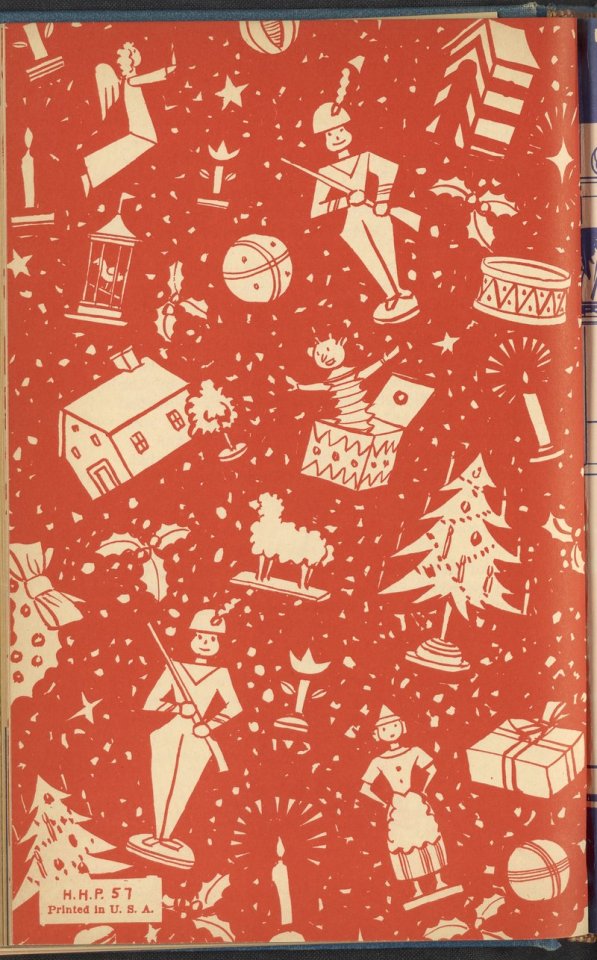
Jingle Bells in the Offing
Booklet corresponding to a radio broadcast program created by the National Paint, Varnish, and Lacquer Association. The booklet describes how to personalize Christmas gifts with paint. Provides examples of gifts given during the holidays and how they can be improved with paint. For example, one could mount a colored print and paint a border on a breadboard to transform it into a wall plaque. Includes small stylized illustrations throughout and decorated covers.
Check out the rest of the booklet on our digital collections site!
#christmas#santa#advertising#print advertising#paints#varnish#varnishes#gifts#holiday season#modern collection#science history#book covers#judge a book by its cover#santa claus#othmeralia
21 notes
·
View notes
Text
3 Early books for teaching a history of the printed book class.
This Blog is inspired by the two book shows I did last month, these three books seemed to excite many university librarians and their students. One of the books, The Quintilian , prompted Sidney Berger to say: ” I could teach this book for two semesters and still have more to discover! “ After he left my booth I ordered His new edition of THE DICTIONARY OF THE BOOK, which was at my home before I…

View On WordPress
#concepts of book use#early printed books#evidence of book use in the renaissance#History of the book#Material aspects of early printed books#material study of the book#Rare book studies#teaching with historical books#using special collections
0 notes
Text


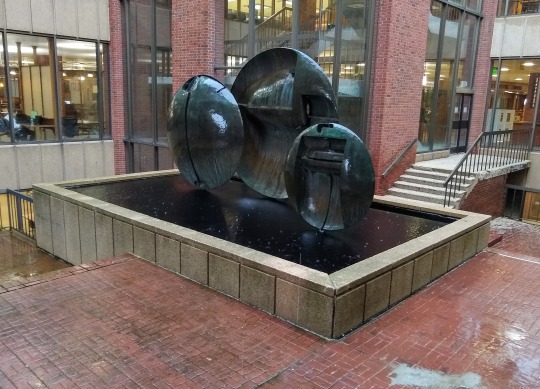

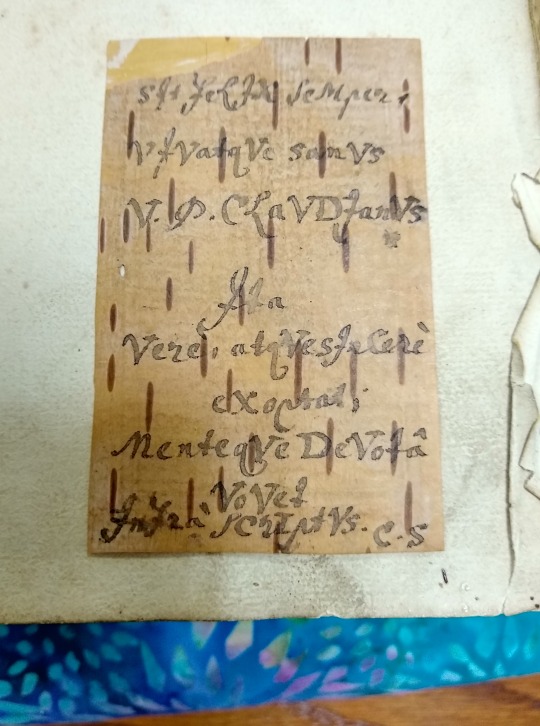
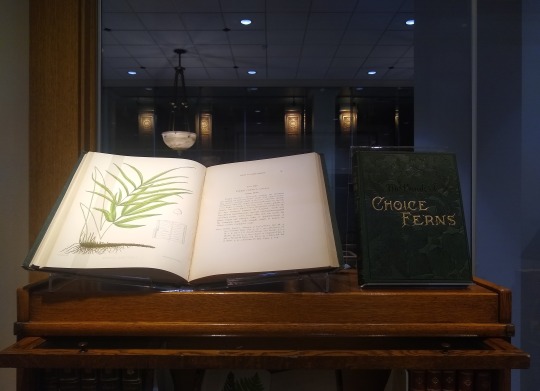
#history of books and printing#incunabula#Johann Grüninger#Milwaukee Public Library#Golda Meir Library#Biblia Latina#choice ferns#uwm special collections
0 notes
Text
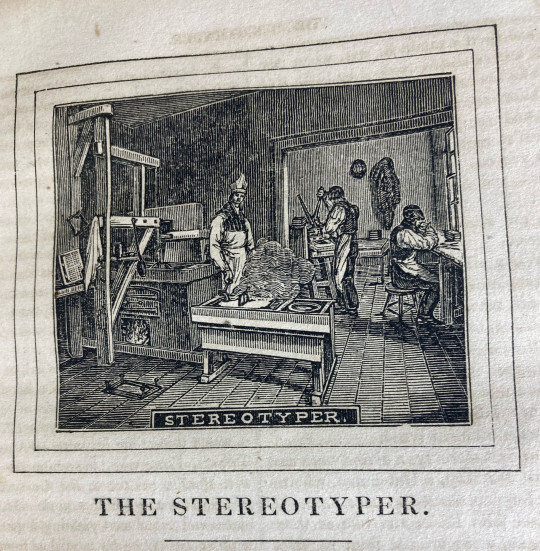
#WordyWednesday
Stereotype: A metal plate that can recreate an entire page of a book, having been made by creating a mold from a page of set type. This is useful because it allows a printer to print the same book over and over again without having to set the type a second time. The mold used to create a stereotype is called a “flong,” which is worth repeating here because it is an amusing word. Stereotyping was invented in 1701 by the Lutheran minister Johann Müller. The use of “stereotype” to refer to an oversimplified and prejudiced image or idea is a reference to stereotype printing.
#bookhistory#rare books#printing#stereotype#libraries#history#books#illustration#mizzou#special collections#university of missouri#wordy wednesday#john henry
25 notes
·
View notes
Text
Aziraphale has an original copy of the Gutenberg Bible and the Diamond Sutra.
#aziraphale#bookshop#good omens#First examples of printed books and movable type#You know he's got as many important historical documents are angelically possible#Stored away in the basement of the bookshop and hasn't told a soul he has them#He smirks at the British Museums collections#Printed books#Movable type#books#History of printing
1 note
·
View note
Video
A tree bound to a stake in an effort to correct the curvature of the trunk by National Library of Medicine Via Flickr: Author(s): Andry de Bois-Regard, Nicolas, 1658-1742, author Publication: Paris: La Veuve Alix [etc.], 1741 Format: Still image Subject(s): Emblems and Insignia Genre(s): Book Illustrations Abstract: A tree with a misshapen trunk is bound to a stout stake. Related Title(s): Is part of: L'orthopédie; ou, L'art de prevenir et de corriger dans les enfans, les difformites du corps, L. 13, p. 282.; See related catalog record: 2436022R Extent: 1 print Technique: etching NLM Unique ID: 101434343 NLM Image ID: A012587 Permanent Link: resource.nlm.nih.gov/101434343
#National Library of Medicine#Images from the History of Medicine#IHM#History of Medicine Division#Still image#“Book Illustrations”#“Emblems and Insignia”#etching#Symbolism#Tree#“Tree Trunk’#Stake#“L'orthopédie; ou#L'art de prevenir et de corriger dans les enfans#les difformites du corps”#“Prints and Photographs”#P&P#NLM#HMD#“National Institutes of Health”#NIH#Public Domain#Archives of Medicine#NLM Digital Collection#flickr
0 notes
Photo

Is it just me, or does it seem like someone might be getting squished here?
This letter ‘B’ could learn a bit about personal space.
#woodcut wednesday#print culture#old books#initials#historiated initial#typography#woodcuts#special collections#riesenfeld center#rare books#umn#umn law#minnesota law#library
29 notes
·
View notes

